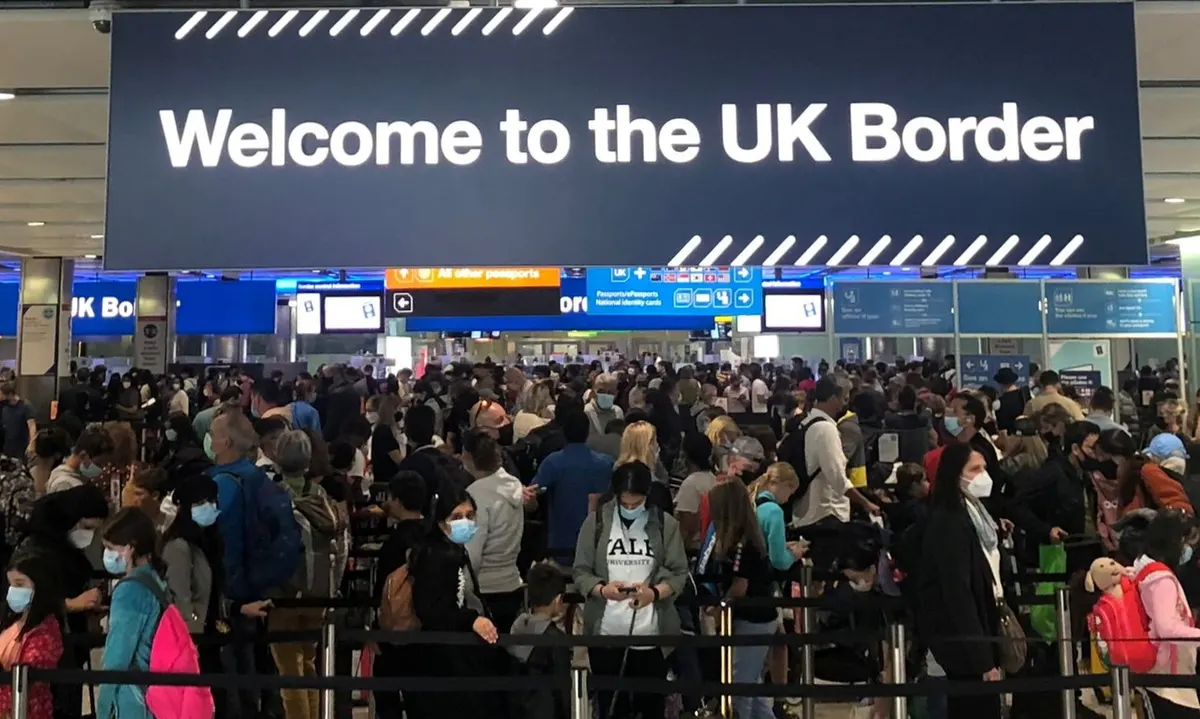Money
Why under-40s deserted the airline industry, causing global delays

Money
Stocks rally ahead of Thanksgiving as markets log four days of gains
Markets gain momentum ahead of Thanksgiving, with the Dow up 388 points and Oracle rising 4% amid investor optimism.
Money
Dow surges 500 points amid rate cut optimism
Dow jumps 569 points on fresh hopes for December rate cut and AI market optimism
Money
Gold prices surge as Central Banks buy big, but risks grow ahead
Gold prices surge as central banks increase demand; risks include a stronger dollar and rising interest rates.
-



 News5 days ago
News5 days agoAustralia’s fastest-growing property markets revealed
-



 Ticker Views5 days ago
Ticker Views5 days agoSpace debris could sabotage Google’s next big AI breakthrough
-



 News4 days ago
News4 days agoEU launches antitrust probe into Meta over WhatsApp AI policy
-



 News4 days ago
News4 days agoTasmania AFL team confirmed: Macquarie Point stadium legislation passes
-



 News5 days ago
News5 days agoAustralia warned of major electricity price surge without faster renewable rollout
-



 Shows3 days ago
Shows3 days agoAccessibility gaps in cybersecurity
-



 News5 days ago
News5 days agoImmigration crackdown escalates tensions In New Orleans
-



 Leaders4 days ago
Leaders4 days agoExperts question social media ban’s effectiveness for youth









